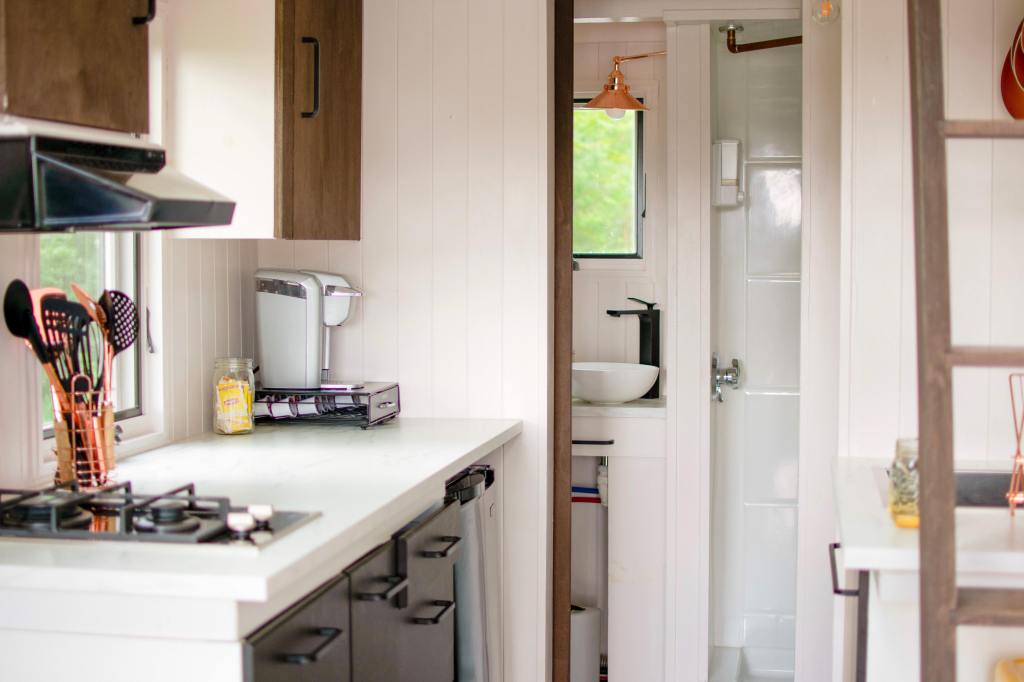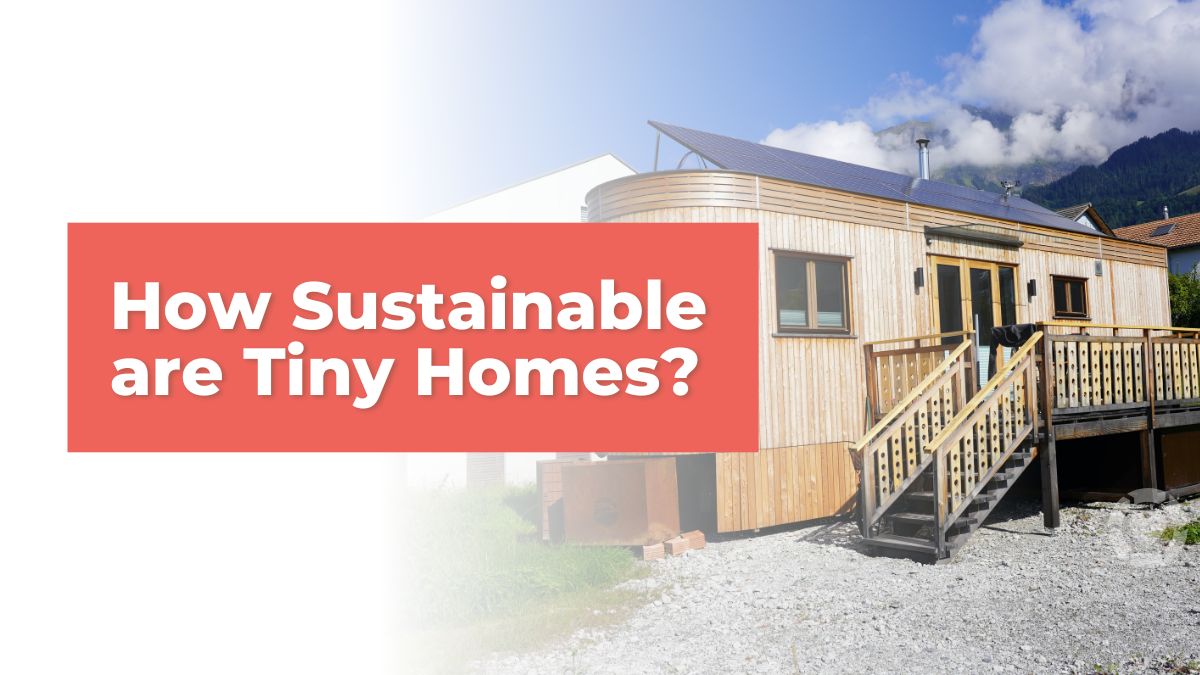Future homeowners or builders seek more sustainable and affordable ways to create a life. Because of this, millennials and succeeding generations have raised awareness around tiny homes for a more flexible and sustainable era.
Are these homes and the lifestyles that accompany them better for the planet? The uptick in tiny home popularity happened for a reason, so it’s time to explore the grounds.
Why Are Tiny Homes Popular?
The movement is as simple as the name suggests — the tiny-home trend is shifting to building and living in smaller houses to practice simpler lifestyles and more sustainable solutions. It creates more accessible opportunities for all, especially for systematically oppressed groups like women, people with disabilities or stigmatized ethnic groups. These new living spaces also craft a future for many in a competitive and outdated housing market.
Not only is the tiny-home revolution about the practicality of the build, but it also encompasses several philosophies:
- Less distracted living
- Financial conservatism
- Minimalism concerning possessions
- Environmentally conscious living
A life led by these ideals pushes tiny-home popularity past surface-level convenience. These houses contain only essentials and are usually less than 400 square feet, causing carbon footprints to reduce on average by 45%. This can nourish a single mother or couples looking to have a life of adventure but want little to maintain.
Tiny homes give environmentally conscious individuals agency to make a more significant impact. They also provide options to individuals who previously thought they would never be homeowners.
You have opportunities to create tiny mobile homes to traverse the country. Or, you can create rentable areas in your backyard. There are countless innovative options to have personal and financial freedom at your fingertips.

How Are Tiny Homes Sustainable?
The umbrella of sustainability covers house construction, energy consumption and lifestyle — and all of these excel under a tiny home’s roof. Many tiny homes are built with a planet-first mindset, using renewable materials such as timber over concrete. Plus, they can use greener components such as solar panels and composting toilets to create an even more conscious space.
Tiny homes save by consuming less energy and producing less waste. The house requires fewer resources to power because of its footprint. For optimal sustainability, builders and renovators can even adjust air conditioning depending on if the home is north or south-facing.
Because they are smaller projects, it’s more cost-effective and manageable to research every aspect of the build with intention. The planet can always be in mind, from choosing ethically sourced bedding to getting water from a well. This is because buyers free their budgets from the ties of purchasing traditional homes.
Tiny-home believers are changing the stereotypical dream of being a stay-at-home mom with a family and a 2,000-square-foot home. They are replacing it with one more inclusive and conscious of the planet. Buildings and their energy consumption account for over 40% of greenhouse gas emissions — so it feels like a no-brainer to switch to a healthier world.
Do Tiny Homes Influence Conscious Lifestyle Choices?
Tiny homes are sustainable from more than just an environmentalist perspective, though it is one of the major boons. One of the most influential aspects of these houses is how they encourage financial awareness. Newer generations do not want to carry debt later in life, with 68% of tiny homeowners not paying a mortgage.
The drive to consume fewer resources while getting the most value out of what you have influences other conscious lifestyle choices:
- Growing your food to reduce food waste
- Reducing purchasing single-use items because of curated storage options
- Engaging in minimalism by being selective about what comes in and out
Any path to freedom guides tiny homeowners’ decisions — for instance, most rely on alternative energies to power their house. Many tiny homes don’t require electrical hook-ups, making it much more affordable for homesteaders.
Imagine tiny homes in the bigger picture and how they can influence more than just your own carbon footprint. This way of thinking affects the planet and other economic and social housing issues. The contagious nature of tiny homes has even inspired the United Nations to investigate them as a sustainable option for solving the current housing crisis worldwide.

Tiny Homes Embrace Sustainability
From financial independence to renewable energy, tiny homes have an inarguable sustainability advantage over traditional homes. With the ability to build from the ground up with the planet in mind or purchase and adjust to create more sustainable options, the potential for reducing your ecological footprint is as immense as your creativity.

Author Bio:
Jane is an environmental writer and the founder and editor-in-chief of Environment.co where she covers sustainability and eco-friendly living.
💚 More that you might be interested in:

Join the ecogreenlove community


![The Anatomy of Earth-Sheltered Homes [Visual]](https://ecogreenlove.files.wordpress.com/2020/03/03092020_earthshelteredhomes.jpg?w=888)
![The anatomy of a Green Home [Infographic]](https://ecogreenlove.files.wordpress.com/2019/08/08092019_anatomygreenhome.jpg?w=888)
